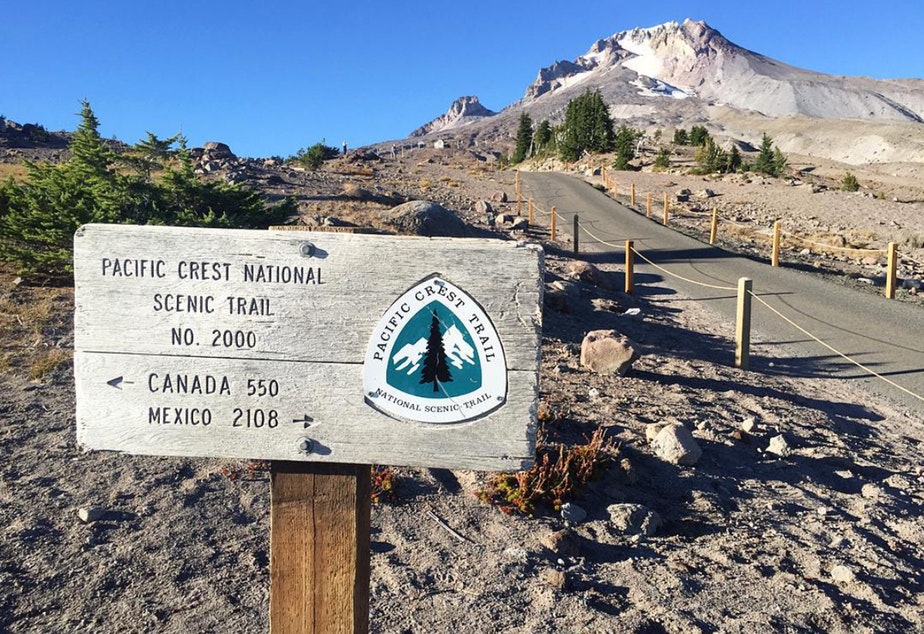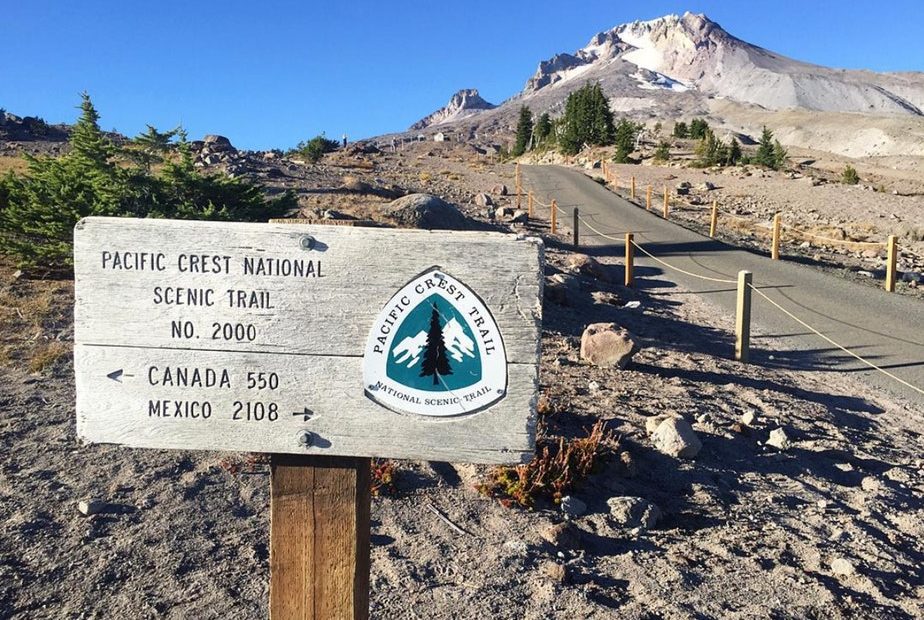
‘Heartbreaking’ Guidance Calls For Hikers To Quit Pacific Crest Trail Trips During Pandemic
Listen
BY ERIK NEUMANN / JPR
Dusty hikers fresh off the Pacific Crest Trail are a familiar summertime sight in Ashland and other towns along the West Coast. But this year, trail organizers are asking hikers to stay off the trail to help minimize the spread of the coronavirus.
Stephanie Bolivar had been on the trail for two-and-a-half weeks when she got the notice from the Pacific Crest Trail Association advising her to postpone her trip.
“Oh man, it was so heartbreaking,” she says. “It was probably one of the most difficult decisions I’ve ever had to make in my 30 years of life.”
She was in Idyllwild, California, waiting out a storm after hiking 210 miles from the U.S.-Mexico border.
Bolivar, whose trail nickname is “Blaze,” had been planning her trip for two years. She had just started the 2,600-mile trek spanning the Sierra Nevada and Cascade Mountains when the coronavirus pandemic arrived in the U.S.
Concerned that she might not be able to make it back home to Massachusetts because of flight cancellations, she decided to leave the trail. She also worried about spreading the virus to others if she caught it.
“I thought that going into the small trail towns, if I had already contracted the virus, wasn’t really a great idea for me to do,” she says.
The Pacific Crest Trail Association has been blunt with their advice.
“We want hikers off the trail. Period,” says Scott Wilkinson with the PCTA, the group that issues long distance permits for hikers and typically advocates for trail use.
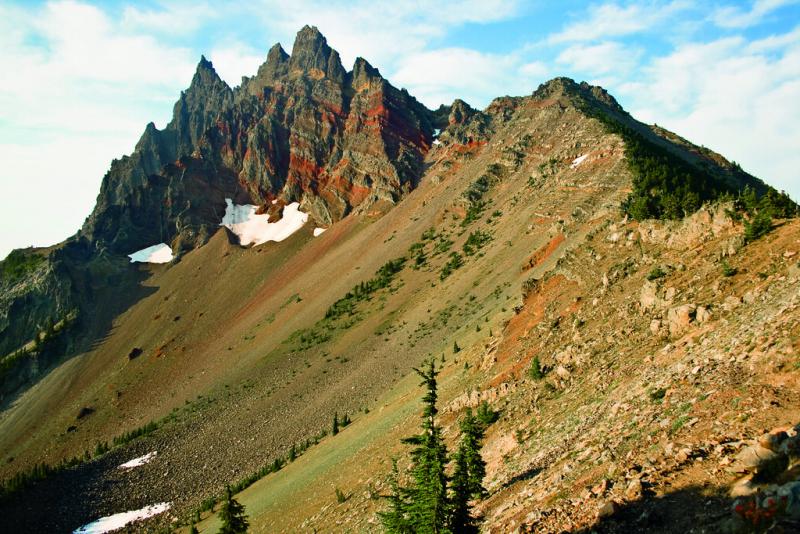
Three Fingered Jack in Oregon along the Pacific Crest Trail. CREDIT: Ryan Weidert/PCTA
“Many people might think ‘Well, there’s no place better to be than out in the wilderness during a pandemic.’ The reality though is that hiking a long-distance trail like the PCT is actually a very social endeavor,” Wilkinson says.
Hikers frequently travel in groups on the trail. They eat and camp together. When resupplying in towns they often hitchhike in and go to restaurants, hotels and gear stores.
The risk of coronavirus spreading in small towns has been an issue in other communities too.
Rural Blaine County, Idaho recently became a hot spot for COVID-19 cases when out-of-towners flocked to the Sun Valley ski resort amid the pandemic.
And Bishop, California, a well-known rock-climbing destination, recently saw a sharp increase in climbers over spring break. After that, the city started publicly discouraging visitors out of concern that COVID-19 cases could strain their small health care system.
But some hikers on the Pacific Crest Trail are ignoring the advice to stop.
Doug Hark, who goes by the trail name “Grateful” is still hiking. He says the hikers are taking precautions by wearing masks in town and using ample amounts of hand sanitizer.
“I’ve been into these towns and the practices that I see from the locals is horrendous,” Hark says. “I see them breaking more of the sanitation rules than us. So, it’s hard to say who is causing the real problems.”
Hark is one of around 100 people still on the trail, out of what would normally be more than 1,000 this time of year, according to the Pacific Crest Trail Association.
In spite of their advice, the group can’t legally close the trail since it spans a range of federally managed public lands including Forest Service, Bureau of Land Management, and National Parks, most of which are still open to the public.
Stephanie Bolivar is now back in Massachusetts. After uprooting her life to hike the PCT, she’s piecing it back together.
“Unfortunately, I’m back living with my parents for the time being. I am looking for a job,” she says. “I work in health care, so, I’ll be looking for a job very soon.”
For now, the PCTA’s advice for hikers is ongoing, until they hear from the Centers for Disease and Prevention that it’s safe for people to again gather in groups.
Copyright 2020 Jefferson Public Radio. To see more, visit ijpr.org
Related Stories:
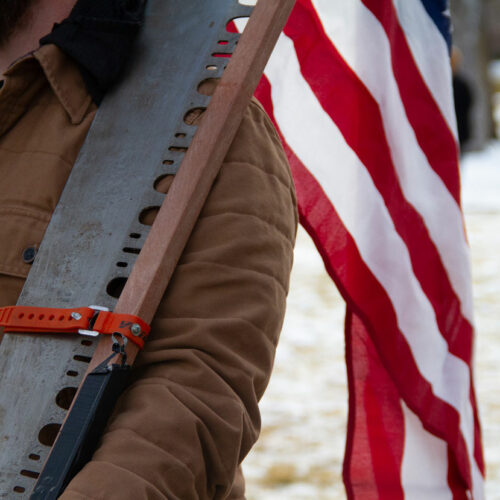
Federal firings hit Washington’s park rangers
Kyle Warden holds a crosscut saw attached to an American flag. He was a former lead wilderness ranger and was terminated on Sunday. He went to a protest at Memorial
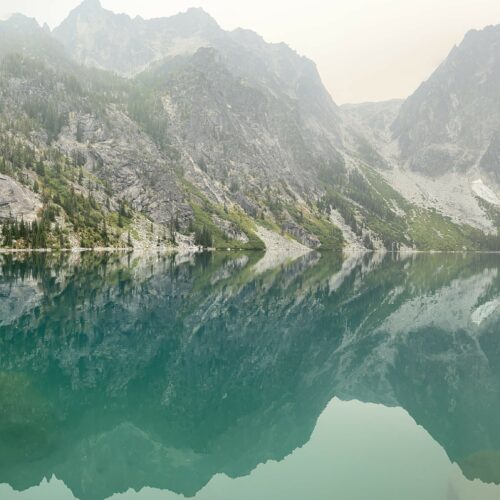
Trash piling up, wildfires too big to fight: What wild lands might look like without workers
Mountain peaks are reflected in the waters of Lake Colchuk, located in the Alpine Lakes Wilderness Area. Smoke from a nearby wildfire hangs in the air. (Credit: Theresa Rivers) Listen
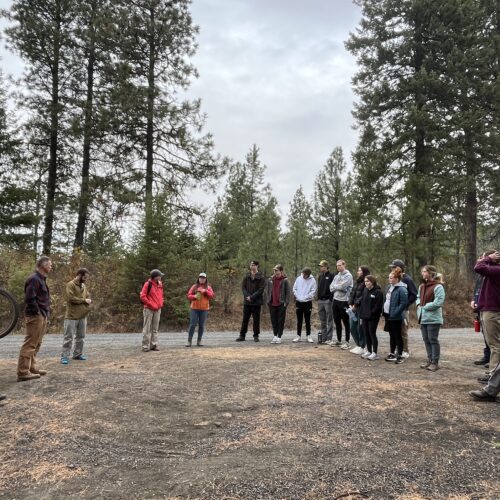
Mountain bike nonprofit cultivates new trails for riders
Volunteers gather for a trail dig on Moscow Mountain. (Credit: Phineas Pope / NWPB) Listen (Runtime 3:32) Read On a cloudy Sunday morning, a large group of volunteers with axes,

